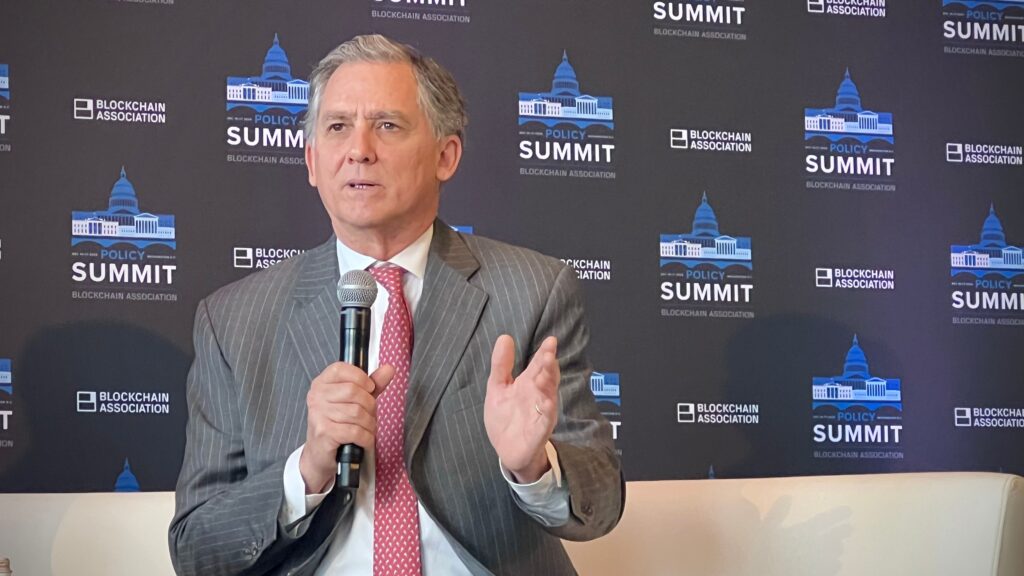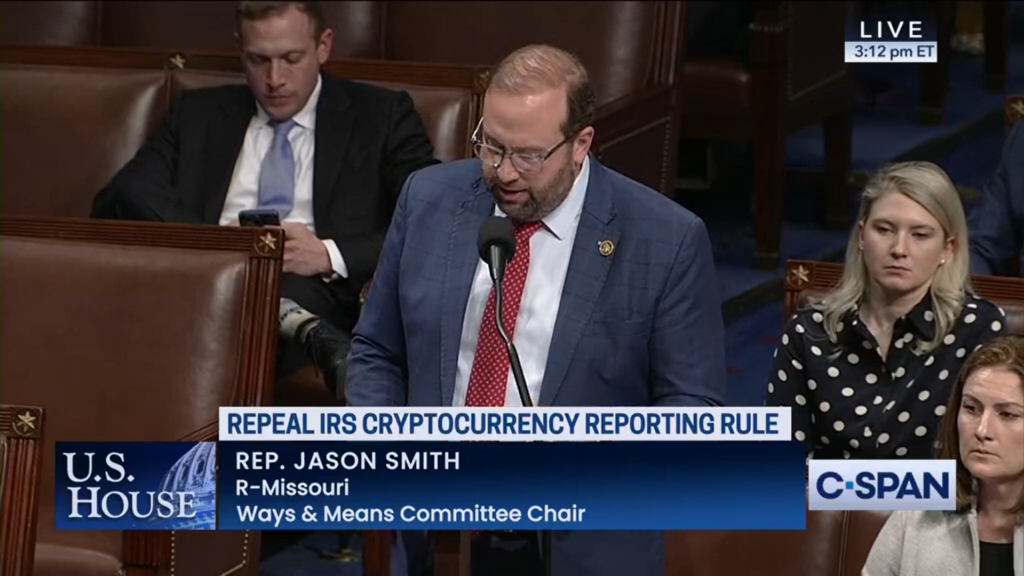Crypto Legislation Gains Traction in Congress
In a significant turn of events, the latest congressional hearing on stablecoins showcased a blend of traditional finance and digital assets. For the first time, notable representatives from the established financial sector stood alongside advocates for cryptocurrencies, as they sought to address the pressing need for regulatory clarity in the burgeoning world of stablecoins.
Key Players from Traditional Finance Join the Discussion
At this pivotal hearing, witnesses included Randy Guynn, a prominent lawyer from the firm Davis Polk & Wardwell, who has spent years navigating the complexities of Wall Street regulations. Guynn asserted that the proposed Stablecoin Transparency and Accountability for a Better Ledger Economy Act, or STABLE Act, should implement safeguards that place stablecoin issuers under similar oversight as banks.
He emphasized, “If a permitted stablecoin issuer maintains a properly calibrated reserve of liquid assets, a capital buffer, and no significant liabilities beyond stablecoin liabilities, these payment stablecoins could be as secure as insured bank deposits and central bank money.” This statement highlights the growing recognition that stablecoins could play a pivotal role in the financial landscape, provided they are regulated effectively.
BNY’s Commitment to the Stablecoin Ecosystem
Another key figure in the hearing was Caroline Butler, the global head of digital assets at BNY. Representative Ritchie Torres, a Democratic representative from New York, referred to BNY as the “ultimate expression of the traditional financial system.” Butler disclosed that her bank is already providing substantial services for stablecoin issuers like Circle (USDC) and emphasized the need for regulatory clarity from the U.S. government.
She stated, “It’s crucial for this ecosystem to ensure that banks offering custody services instill implicit trust and confidence that client assets are protected in accordance with federal legislation and regulation.” Butler further expressed BNY’s eagerness to engage with the evolving landscape of stablecoins and blockchain technology to meet the changing demands of the market and its clientele.
The Changing Landscape of Stablecoin Regulations
The sentiments expressed during the hearing echoed prior discussions on the need for stablecoin regulations, but the shift in perspective is now coming from established financial institutions. This collaboration is notable, especially as the political influence of the crypto industry has grown, evidenced by significant financial contributions to congressional campaigns. For instance, a recent bipartisan Senate vote saw both Democrats and Republicans come together to overturn a controversial IRS crypto rule, signaling a broader acceptance of digital assets in legislative discussions.
Political Dynamics and Future Legislation
Democratic representatives, including ranking member Maxine Waters, have urged a return to collaborative discussions on stablecoin legislation. Waters, who previously worked with former Republican panel Chairman Patrick McHenry on a bipartisan bill, expressed the need to refine the current approach.
Conversely, Representative Sam Liccardo from California noted the evolving mindset within Congress, stating, “We’ve transitioned from debating whether to regulate stablecoins to discussing how to regulate them.” This shift indicates a growing willingness among lawmakers to engage with the stablecoin sector.
Upcoming Legislative Efforts in the Senate
Meanwhile, in the Senate, similar legislation proposed by Senator Bill Hagerty, known as the Guiding and Establishing National Innovation for U.S. Stablecoins Act (GENIUS Act), is being revised and is set to be discussed in an upcoming markup hearing within the Senate Banking Committee.
Additionally, the committee is also considering legislation that aims to prohibit the establishment of a U.S. central bank digital currency (CBDC). Republican lawmakers have actively campaigned against the idea, fearing it could lead to government surveillance of citizens, despite assurances from Federal Reserve Chair Jerome Powell that his agency is not interested in developing a CBDC.
As discussions continue, the evolving landscape of stablecoin regulations and the potential for a CBDC will remain hot topics in Congress, shaping the future of digital finance in the United States.
Conclusion
With traditional financial institutions entering the stablecoin conversation and legislative momentum building, the path toward comprehensive regulations appears more attainable than ever. As both crypto advocates and established finance leaders come together, the potential for a balanced regulatory framework could benefit the entire financial ecosystem, paving the way for innovation while ensuring consumer protection.



